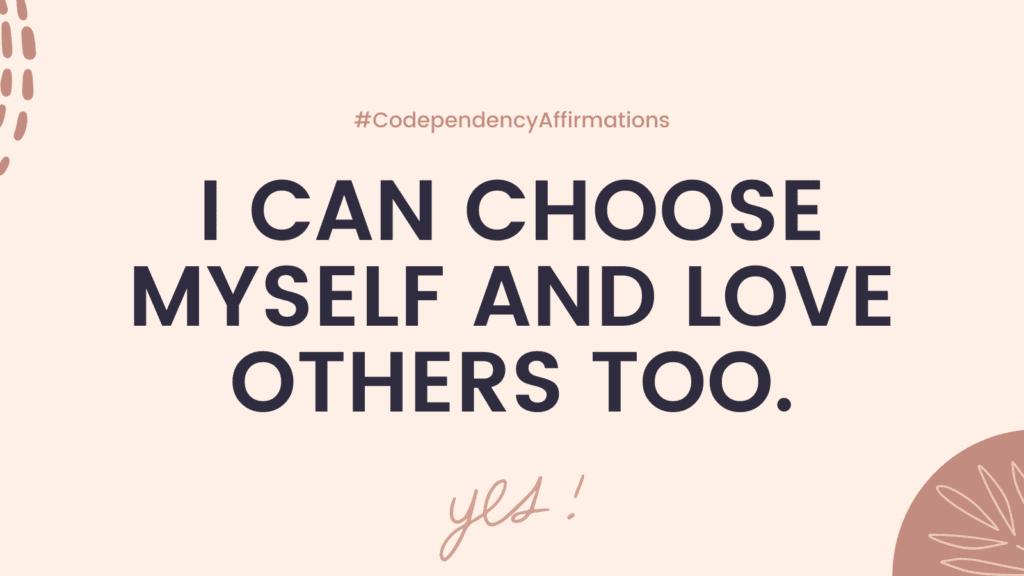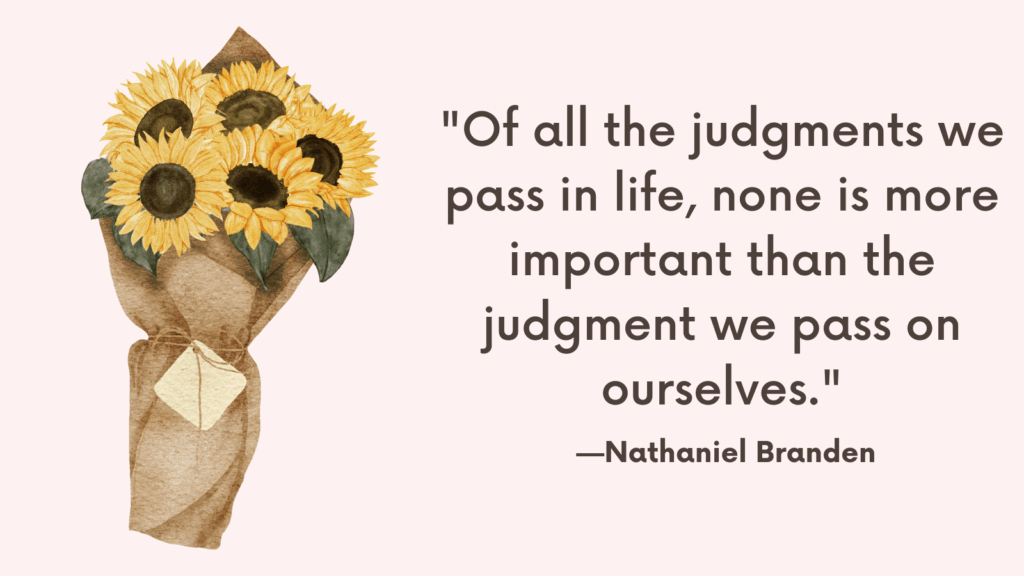This post contains some of the best self esteem exercises.
- What Is Self-Esteem?
- How Can Good Self-Esteem Help You Through Difficult Situations?
- What Is Cognitive Behavioral Therapy?
- CBT For Low Self-Esteem – 5 Key Ingredients
- Free Self-Esteem Worksheets For Adults PDF
- Top 18 Self Esteem Exercises
- 1. Value Yourself
- 2. Accept Yourself
- 3. Look After Yourself
- 4. Understand Yourself
- 5. Empower Yourself
- How To Help A Partner With Low Self-Esteem?
- Conclusion
- FAQ
- Can hypnosis help with low self esteem?
What Is Self-Esteem?
Self-esteem is a realistic (accurate and honest), appreciative (positive feelings and liking ourselves) opinion of ourselves.
It is generally stable, but it can fluctuate from day to day depending on your thought patterns, which are influenced by your physical health, appearance, relationships, etc. (*)
There are three types of self-esteem
1. Inflated self-esteem – People with inflated self-esteem think they are better than others. They are arrogant and narcissistic. But inflated self-esteem is often rooted in insecurity.
2. High self-esteem – People with this type of self-esteem accept and value themselves. Their self-esteem helps them feel satisfied with their lives and gives them the courage to face any problems that may arise.
3. Low self-esteem – People with low self-esteem believe that they are below others. They hold unrealistic and unappreciative opinions about themselves.
Related: How To Gain Confidence Quickly? 13 Practical Tools to Help You Feel More Confident
How Can Good Self-Esteem Help You Through Difficult Situations?
Low self-esteem has been shown to contribute to:
- Depression and anxiety, (*)
- Stress,
- Entering into abusive or unhappy relationships,
- Psychosomatic illness, like headaches, insomnia, and fatigue,
- Hostility, excessive or deep-seated anger, dislike and distrust of others,
- Alcohol and drug abuse,
- Eating disorders and unhealthy dieting,
- Poor communication (for example, nonassertive, aggressive, defensive, critical, or sarcastic styles),
- Dependency,
- Sensitivity to criticism,
- Social difficulties, such as withdrawal and loneliness,
- Etc.
Self-esteem is directly correlated to overall life satisfaction and happiness. It has been ranked higher as a motivator to hard work and success.
Those with high self-esteem seem to be engaged in healthy behaviors, friendlier, more self-trusting and less troubled by inner problems and criticism than other people with lower self-esteem.
In other words, self-esteem isn’t just important to help reduce unwanted stress and illness symptoms, but it is also a crucial foundation for human growth.
Related: 10 Powerful Ways to Build Your Resilience
What Is Cognitive Behavioral Therapy?
Cognitive behavioral therapy (CBT) is a form of psychological treatment that aims to reduce symptoms of various mental health issues including depression, anxiety disorders, alcohol and drug use problems, marital problems, eating disorders, and severe mental illness.
Many studies, has shown CBT to be as effective as, or more effective than, other forms of psychological therapy or psychiatric medications.
CBT states that psychological problems are caused, in part, by distorted or unhelpful thoughts and behaviors, and that changing our thoughts and behaviors can change the way we feel.
CBT For Low Self-Esteem – 5 Key Ingredients
The five key ingredients to build self-esteem and boost your confidence involve:
1. Valuing yourself – with techniques that will help you build a positive self-image and counter your limiting beliefs.
2. Accepting yourself – using techniques that will help you develop an attitude of self-acceptance and deal with your sense of inadequacy.
3. Looking after yourself – because your mental and physical health are intimately connected. So taking good care of your mind and body will also help you feel good about yourself and boost your self-esteem.
4. Understanding yourself – in a way that will help you address negative thoughts from your past and present.
5. Empowering yourself – through developing your assertiveness and improving communication skills in relationships.
Free Self-Esteem Worksheets For Adults PDF
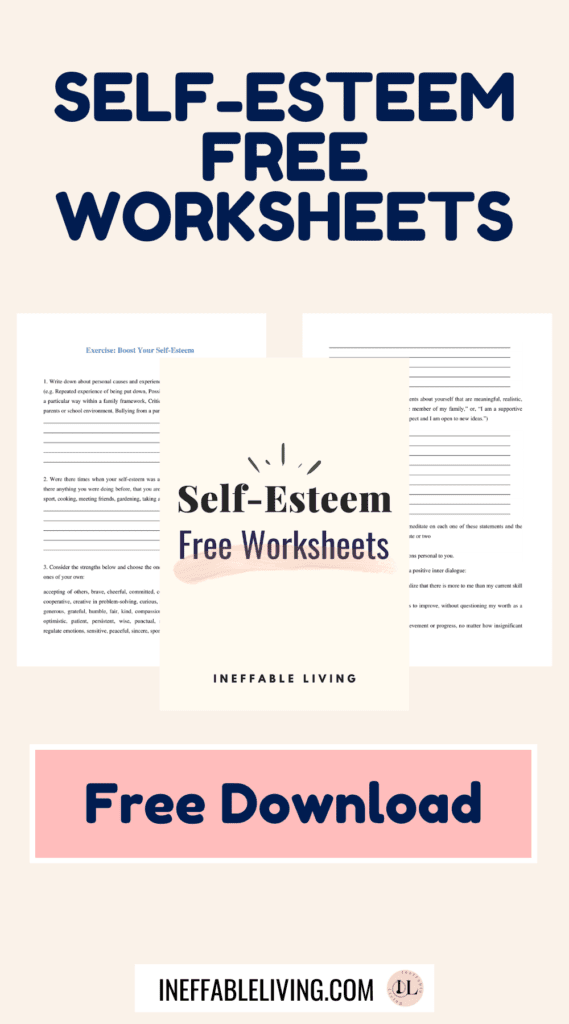
Top 18 Self Esteem Exercises
1. Value Yourself
#1. Before You Begin
Low self-esteem may start at an early age, but it can also fall due to life circumstances or particular events.
Before learning any new techniques, ask yourself if there were times when your self-esteem was a little better than it is now. Was there anything you were doing differently then, that you are not doing now?
If so, consider doing something similar again, such as exercising regularly, or being involved in different activities on a regular basis.
If your self-esteem is low mostly because of some changes in your life, then ask yourself what would be a different way that you could react to that change to boost your self-esteem.
#2. Enjoy yourself
One of the best ways to value yourself is doing the things you enjoy.
This could be anything as long as it’s healthy for you. It could include reading, writing, sport, cooking, meeting friends, gardening, taking a walk, traveling, painting, etc.
Exercise:
Write down ten activities that you enjoy doing currently or have enjoyed in the past. Every day pick an activity from your list and take the time to do it.
Here is a list of pleasant activities you can inspire from.
Related: How To Overcome Solitude Phobia: 4 Ways To Get Comfortable Spending Time alone
#3. Recognize Your Positives
When your self-esteem is low, you are more likely to remember your “perceived” flaws and unsuccessful actions than to acknowledge your qualities and achievements.
This is why you need to deliberately balance your self-image by identifying and acknowledging some of your positive features.
Exercise:
1. Consider the strengths below and choose the ones that describe you.
accepting of others, brave, cheerful, committed, composed, confident, self-assured, cooperative, creative in problem solving, curious, reliable, moral, honest, forgiving, generous, grateful, humble, fair, kind, compassionate, loving, loyal, open-minded, optimistic, patient, persistent, wise, punctual, rational, self-accepting, able to regulate emotions, sensitive, peaceful, sincere, spontaneous, consistent, trustworthy, warm, friendly.
2. Along with the list of strength, write down in your journal five positive statements about yourself that are meaningful and realistic and true.
Examples might include “I am a responsible member of my family,” or, “I am a supportive listener,” or, “I treat others with respect and I am open to new ideas.”
3. Once you’ve completed your list, meditate on each one of these statements and the evidence for its accuracy for a minute or two. Repeat this for seven days.
Related: Love Yourself: What Is Self-Love & How to Start Loving Yourself?
#4. Affirm Yourself
Positive affirmations help you build a sense of positive personal identity that is unique to you. They can help you replace your negative thoughts about yourself and raise your self-esteem.
Exercise: Create a list of positive affirmations personal to you. Keep it where you can see it regularly and read it to yourself through the day.
Following is a list of statements of a positive inner dialogue:
* I accept myself because I realize that there is more to me than my current skill levels and shortcomings.
* I examine criticism for ways to improve, without questioning my worth as a human being.
* I notice and enjoy each achievement or progress, no matter how insignificant it may seem to me or to others.
* I expect others to like and respect me.
* I can laugh at some of the ridiculous things I do every now and then.
* I enjoy making others feel happier and glad for the time that we share.
#5. Challenge Your Limiting Beliefs
Challenging your limiting beliefs is a complementary approach that helps you to directly tackle the underlying beliefs that are making it hard for you to see yourself positively or even realistically.
Related: 6 Powerful Techniques To Overcome Negative Thinking
Identifying limiting beliefs
Limiting beliefs could be about your abilities, personality, how you ought to act, other people, or even the world in general such as telling yourself “good things never last.”
Watch out for any generalizations or prescriptions for how you or other people should be or do, such as “I must…,” or, “they should…,” or, “they shouldn’t…”
Thoughts like these are contributing and reinforcing your own lack of self-esteem.
For example, if you believe that you do not deserve to be loved, then you might well not surround yourself with people who love you and instead get in relationships with people who aren’t capable of love because of their own issues, and who will treat you badly.
In such situations, your limiting beliefs are leading to unhelpful actions with predictable negative results that will reinforce your limiting beliefs.
Changing limiting beliefs
Once you have identified your limiting beliefs, the next step is to change these limiting beliefs.
The following questions will help you to explore the possibility of a slightly different view:
(a) What would be a less extreme belief (or beliefs) that I might hold?
(b) What would be the advantages for me of holding the new belief(s) rather than the limiting one(s)?
(c) What would be the potential disadvantages for me of holding the new belief(s) instead of the old one(s)?
For example, if a guy you went on a date with didn’t call you back you might find yourself thinking that you’re not attractive, or men don’t like to commit. Such limiting beliefs will make you feel bad about yourself and be less trusting and open in your relationships.
You can change these limiting beliefs by asking the three questions mentioned above:
What would be less extreme beliefs that I might hold?
- ‘Some men don’t find me attractive but others do’
- ‘Some men don’t want committed relationship but others do’
What would be the advantages for me of holding the new beliefs rather than the limiting beliefs?
- I would have a greater chance of building trust in a relationship with a man
- I would feel more optimistic about the possibility of a lasting relationship with a man
What would be the potential disadvantages for me of holding the new beliefs instead of the old ones?
- I would have to give up a long-standing belief.
- It would mean that it was partly my fault that I haven’t developed a more long-term relationship before.
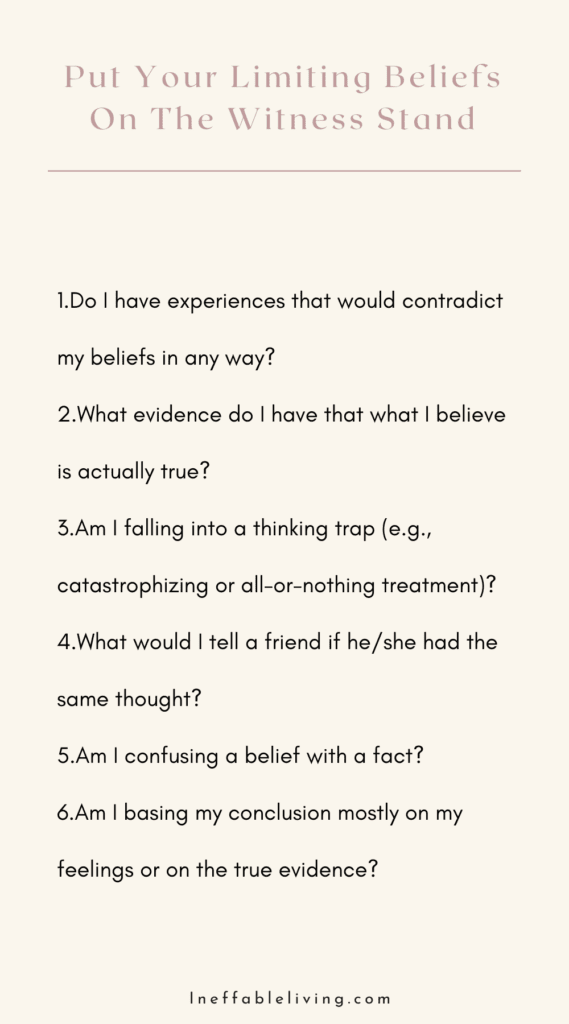
2. Accept Yourself
Self-acceptance involves valuing yourself even when you’re not the way you think you should be or act the way you think you should act. It also means recognizing that you can make mistakes and have flaws without that meaning that you are worthless.
In other words, unconditional self-acceptance isn’t dependent on achieving some kind of goal or getting the approval of other people.
Every time you find yourself being self-critical or do not achieve a goal, acknowledge that you have not achieved your goal or that you wish you had acted differently, but at the same time, remind yourself that this doesn’t mean that you’re worthless.
#6. Don’t Judge Yourself
Unconditional love involves not judging yourself for your perceived weaknesses or failings.
Become more mindful of your internal description of your own perceived failings and errors, then reframe the negative descriptive language you used in a less emotionally charged and neutral way.
For example, for someone who struggles with being overweight, his negative self-description and reframed neutral description can be like the following:
Negative self-description: ‘I am disgustingly fat.’
Reframed neutral description: ‘I have difficulty controlling my weight and do not have the body shape that I would like.’
Related: 10 Powerful Techniques To Control Your Negative Thoughts
#7. Change Prescriptions Into Preferences
A useful technique to help you accept yourself and others is to change prescriptive statements about how you or someone else should or shouldn’t behave into a personal preference or intention.
For example, instead of saying “I mustn’t make a mistake this time,” say to yourself, “I am going to try not to make a mistake this time.”
Reframing the statement in your mind or even aloud, will help you reduce your tension and stress and may also increase your chance of success.
#8. Accept Your Physical Appearance
If you have negative feelings about your appearance, try the following exercise: look in a full-length mirror and focus on each of the “bad” aspects of your body that you don’t like, but do this in a detached, observational way.
Both, Nathaniel Branden in his book The Six Pillars of Self-Esteem and Albert Ellis in The Myth of Self-Esteem include an exercise of this type to help with self-acceptance around physical appearance.
The goal here is to scrutinize your physical imperfections with an attitude of calmness and acceptance.
Acceptance here doesn’t mean that you shouldn’t try to do anything to improve aspects of yourself that you don’t like. It simply means that, even if you don’t succeed in changing yourself, you still accept yourself unconditionally.
You can work out a plan to change the aspects you don’t like. But at the same time remind yourself that you can accept your perceived imperfection while continuing to live in a positive manner whether or not you achieve your desired results.
Related: How to Improve Your Body Image? 12 Steps to Positive Body-Image
#9. Change Your Attitude Towards Your Mistakes
When reflecting on your faults or failing, you will have one of the following three attitudes:
Defensiveness/denial: You deny that you have faults or you minimize them because you view them as shameful or unforgiveable.
Acceptance (without judging yourself): You acknowledge your faults and mistakes and accept yourself at the same time, realizing that everybody has faults.
Self-condemnation: You condemn yourself as a human being for having faults, not recognizing that it is normal to have them.
Accepting your faults without judging yourself is a sounder basis for a reasonable level of self-esteem than either of the two extremes.
Related: How To Make Peace With Your Past Mistakes and Unstuck Yourself?
#10. Challenge Your Beliefs
Challenging your beliefs is the key to break a pattern of self-critical thoughts and negative feelings about yourself.
Ask yourself, “If I were talking to a friend who is in the same situation as me, what would I say to them?”
Your response would probably be, “Don’t be hard on yourself,” or, “You have great potential. That mistake doesn’t make you a failure at all.”

3. Look After Yourself
If you want to feel your best mentally, start by taking good care of your body including your brain.
Most people who feel stressed and mentally “down” are undernourished, underexercised, and underrested.
They believe that taking care of their body is going to take so much time and effort. So they look for a quick fix that will help them ignore their physical needs. Their mental health continues to suffer.
In other words, you can’t ignore your body and expect to feel good.
Below are some ways to help you set up a plan for optimal physical health in three areas: exercising, resting, and eating.
#11. Regular Exercise
Regular exercise of 45 minutes three to five times a week helps improve sleep, increase energy, regulate stress levels, and reduce a large number of health risks.
It also improves self-esteem and mental health overall.
Start exercising gently and build up gradually. Exercise should be an enjoyable activity that leaves refreshed and energized.
So do what you can to start. Even a ten-minute “energy walk” can help you increase your energy and lift your mood.
#12. Sleep Hygiene
Three components are crucial for sleep: amount, regularity, and quality.
An appropriate amount of sleep – Most adults require seven to eight hours of sleep each night. Many sleep researchers recommend that people get at least eight hours of sleep per night to improve mood and performance.
Regularity of sleep – Going to sleep and waking up at the same hours is essential to keep the body’s sleep cycle consistent. Irregular sleeping and waking up hours (for example, going to sleep much later on Friday and Saturday nights than on the weekdays) can cause exhaustion and insomnia.
Sleep quality – Make the bedroom a relaxing place for sleeping. KeepTV, phones, computers, and work out of the bedroom. Turn off lights at least an hour before going to bed. Eliminate noise or obscure it with white noise.
Avoid having meals within four hours of going to bed. Avoid stimulants like caffeine and nicotine for at least seven hours before bedtime.
Pro Tip: Fall asleep faster with Amber light. SOMNILIGHT offers a wide range of products that blocks blue light and help you fall asleep up to an hour faster. Use this link to receive a coupon code for 10% off any purchase. (Free U.S. shipping and 60-day money back guarantee.)
Related: How to Stop Bad Dreams and Nightmares and Have a Good Sleep?
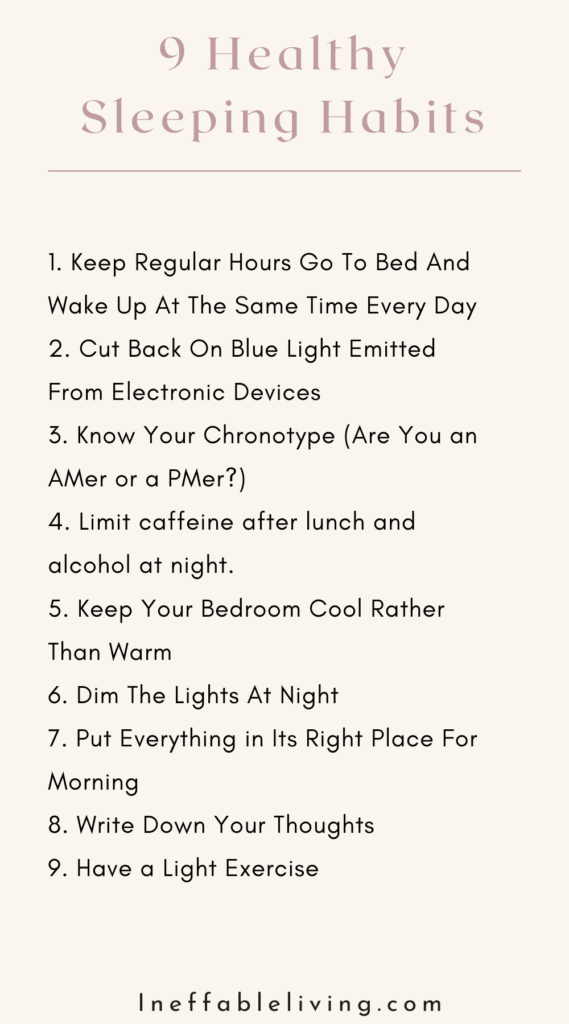
#13. Eating Habits
Studies indicate that a Mediterranean-style diet is best for the brain. This diet is rich in brain-protecting antioxidants, minerals, and vitamins.
A brain-friendly diet follows these guidelines:
* Consume most of your calories from minimally processed plant foods.
* Reduce the size of meat servings, especially red and processed meat (for example, corned beef, bacon, ham, salami, hot dogs).
* Keep blood sugar steady by eating a high-quality protein breakfast (for example, eggs or yogurt) and not skipping meals, and minimize sugar-sweetened beverages and snacks.
Related: Emotional Eating Self-help: How to Overcome Emotional Eating and Binge Eating?

4. Understand Yourself
#14. Identify Personal Causes of Low Self-Esteem
You can be successful in many areas of your life, but still experience low self-esteem. This could be the result of past experiences that have a strong or persistent effect on you, and that has lived with you for a long time.
Such experiences might include:
- Repeated experience of being put down,
- Possible experience from being treated in a particular way within a family framework,
- Criticism and negative messages from parents or school environment,
- Bullying from a parental figure school peers,
- Etc.
Understanding why you have low self-esteem is the first step in dealing with low self-esteem and improving it.
Related: 10 Signs of Toxic Shame — and How to Overcome Toxic Shame?
#15. Build Up A Picture Of Yourself – Three Steps
The following are three steps to help you build a more rounded picture of yourself, your values, and your aspirations:
Step 1: Identify Some Characteristics and Values That Are Important To You
Below is a list of some positive characteristics and values that people value. Read through it and write down five of the listed values and characteristics that you would most like to embody in the way that you live.
The list is only a guideline. If you can think of other values, write them down, or if you would like to use a different word for a value, then feel free to do so.
List of possible positive characteristics and values
Appreciation of others · Artistic ability · Awareness of environment · Assertiveness · Balance · Being part of a community · Being in a team · Capacity to change and develop · Chilling out · Collaborating with others · Connecting with people · Creativity · Excitement · Financial management · Family commitment · Freedom · Friendship · Fun · Generosity · Helping others · Honesty · Honour · Humour · Independence · Individuality · Intelligence · Integrity · Intimacy · Kindness · Learning from experience · Looking after myself · Love · Musical ability · Networking · Not taking myself too seriously · Organizational skills · Physical health · Physical fitness · Relaxed approach and attitude · Reliability · Religious lifestyle · Risk-taking · Self-awareness · Self-expression · Sensuality · Sexuality · Sharing · Solitude · Social conscience · Standing up for rights · Spirituality · Stability · Success · Understanding
Step 2: What Kind Of Person Do You Want To Be?
Ask yourself the following questions:
How do you think you currently come across to people? Imagine how others might describe you.
What kind of person do you want to be? The answer might be similar to the one above or it may be completely different, depending on whether or not you’re living in line with your values.
Step 3: Create a Character Description of Yourself
Write down a description of yourself that gives a rounded picture of you and that you can use to remind yourself of when you are tempted to see yourself in a narrow way.
Write it in a positive, constructive way so that it highlights your values, aspirations, and identity.
Write it from the viewpoint of a friendly third party, at least in the first instance. This will help you see how you are placing unreasonable or perfectionist demands on yourself.
#16. Face The Fear of What People Might Think of You
If your low self-esteem is mainly linked to a fear of offending people or making a fool of yourself, then “graded exposure” approach can help you overcome that fear.
Graded exposure is when you gradually try out the behavior that you’re avoided or are fearful about.
If you’re worried about what people might think of you, try listing aspects of your behavior that relate to avoiding risks, and then write down alternative behaviors.
The following is an example:
Risk-averse behavior: Making an excuse not to meet a group of people because I worry about what they will think of me.
Alternative behavior to try out: Go to meet the group for a short period of time rather than not at all.
Risk-averse behavior: Avoiding eye contact with people.
Alternative behavior to try out: Consciously make eye contact with at least two different people in a social gathering.
Risk-averse behavior: Staying silent when I am in a group of people.
Alternative behavior to try out: Say something to at least one person in the group.
Related: Overcome Social Anxiety: How to Defeat Social Anxiety and Create Confidence?
#17. Create a Self-Esteem Journal
Journaling is a great way to get in touch with your feelings and develop self-awareness in a constructive way. This involves:
(a) Keeping personal notes of reflections, and
(b) Expressing your thoughts and feelings.
Keeping a self-esteem journal should help you:
- Become more self-aware and identify problematic patterns that you may be repeating and/or helpful patterns,
- Address problematic patterns,
- Treat yourself with respect and compassion, and
- Make positive changes.
Using a Journal to Tackle Negative Inner Voices
Using your journal, work on replacing negative inner voices in your mind with more nurturing voices to help build up a more positive picture of yourself.
Step 1: Commit to making journal entries for two weeks for ten to fifteen minutes every day, ideally at a regular time.
Step 2: Start by writing about what you are thinking and feeling at the time – express your concerns, wishes, feelings, thoughts, and reflections.
Step 3: After a week, look back at your journal and try to identify any negative patterns of negative statements. Can you associate the critical voice with any voices from your past or present? When do you think you might first have heard that kind of statement? Who might have made it and in what setting?
Step 4: Commit to mindfully challenging and replacing the negative voices when you write in your journal next week.
* If you have identified the negative voice as being that of someone you know, ask yourself what reasons they may have prompted them to speak like that. Look for evidence that suggests that the negative voice is inaccurate or too extreme.
* Imagining what you would say to a best friend who is in the same situation.
* Remembering someone from your past or present who is supportive to you, and imagine them responding to your negative statements.

5. Empower Yourself
There are three basic ways in which you can interact with others: passively, assertively or aggressively.
Empowering yourself is about being assertive.
You are assertive when you are capable of expressing your own needs, thoughts, and feelings clearly in a manner that is constructive, but also allows others the opportunity to express their own.
You are not excessively worried about what other people might think of you, nor do you dismiss their views and feelings. You are confident in your abilities without overestimating them.
#18. Assertiveness Techniques
Assertiveness is about the way you communicate with and act towards other people and how you handle problematic situations.
Step 1. Describe the situation or behavior that is troubling you.
Describing the situation in a specific and clear way, giving an example of what you are finding to be a problem, and trying to be accurate in what you say rather than using emotive or generalized language.
Step 2. Express your feelings and thoughts about it.
Try as best as you can to explain how the situation is making you feel.
Step 3. Ask for reasonable changes that you feel would help.
Keep in mind that the person you are talking to isn’t able to read your mind, so if you know what you would like them to do, it is helpful if you can be precise about it.
Step 4. Listen and negotiate for a reasonable solution if possible.
Often, the other person has a different perspective on the situation. It is possible that there are reasons or thoughts behind their behavior you didn’t think of. In such cases, you can try to explore with them whether an alternative solution is possible.
Related: How to Communicate More Effective in Relationships (Effective Communication)

How To Help A Partner With Low Self-Esteem?
Helping a partner with low self-esteem can be a challenging task, but here are some steps that can help you to support your partner:
1. Listen and validate their feelings: Allow them to talk about their struggles with low self-esteem without judgment. Let them know that their feelings are valid and that you understand what they are going through.
2. Show genuine appreciation and encouragement: Express appreciation for their positive qualities and remind them of their strengths. Encourage them to pursue their goals and dreams.
3. Help them challenge negative thoughts: Identify negative self-talk and help them reframe it into positive self-talk. Encourage them to focus on their successes, rather than dwell on their failures.
4. Offer emotional support: Be there for them when they need emotional support. Offer a listening ear, give hugs and show physical affection.
5. Encourage professional help: If the low self-esteem is causing significant distress, encourage them to seek professional help. This might include therapy or counseling sessions.
Building self-esteem is a journey, and it takes time and patience. Be patient with your partner, and continue to support them throughout their journey.
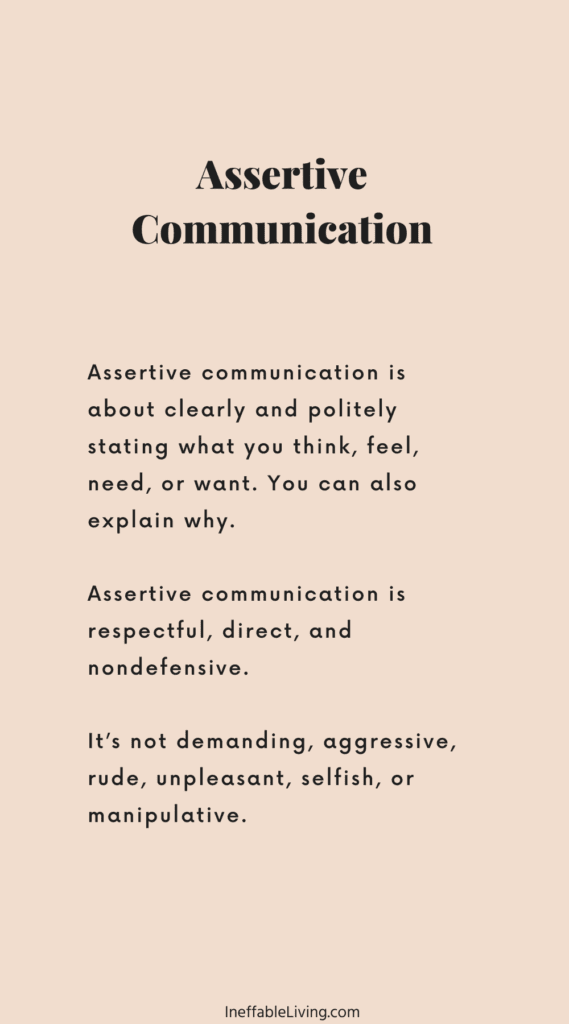
Conclusion
Building your self-esteem is a journey that takes consistent, deliberate effort. Choose ideas that will help you personally and create a project plan that will help you implement these ideas in your life.
FAQ
Is self esteem and confidence the same?
Self-esteem and confidence are strongly related but not the same thing.
Self-esteem refers to how we value ourselves, our self-worth, and the level of respect we have for ourselves. It is about accepting who we are, flaws and all, and feeling good about ourselves overall.
Confidence, on the other hand, is more focused on our ability to handle specific tasks or situations. It is the belief in our own capabilities to succeed in something, such as giving a presentation or performing a skill.
Having high self-esteem can lead to greater levels of confidence, but it is possible to have one without the other.
What’s the difference between self concept and self esteem?
Self-concept refers to your overall perception of yourself, including physical appearance, personality traits, abilities, skills, emotions, and values. It’s the sum total of how you see yourself.
On the other hand, self-esteem is the evaluation or judgment you make about your self-concept.
It refers to how much value or worth you place on yourself and how you feel about yourself in general.
Do people pleasers have low self esteem?
It is possible for people pleasers to have low self-esteem, but it is not necessarily always the case.
People pleasers may prioritize the needs and desires of others over their own due to a variety of reasons, including a desire to fit in or a fear of rejection or conflict.
However, people pleasers can also have healthy levels of self-esteem and prioritize the needs of others as a conscious choice.
Can hypnosis help with low self esteem?
Yes, hypnosis can be an effective tool in addressing low self-esteem.
During hypnosis, a trained therapist can guide the individual into a state of relaxation and heightened suggestibility.
While in this state, the therapist can help the individual challenge negative beliefs and thought patterns that contribute to their low self-esteem and replace them with more positive, empowering thoughts and beliefs.
Hypnosis can also be used to help the individual visualize and embody their ideal self-image, which can further boost their confidence and self-esteem over time.
However, it’s important to note that hypnosis should be used in conjunction with other forms of therapy and self-improvement techniques to fully address and overcome low self-esteem.
Resources
- Portions of this article were adapted from the book The Self-Esteem Workbook second edition, © 2016 by Glenn R. Schiraldi. All rights reserved.
- Portions of this article were adapted from the book Introducing Self-Esteem: A Practical Guide, © 2012 by David Bonham-Carter. All rights reserved.
- What is self-esteem? – Mind
- What Is Self-Esteem? (verywellmind.com)
- Self-Esteem | Psychology Today
- Self-esteem check: Too low, too high or just right? – Mayo Clinic
- Raising low self-esteem – NHS (www.nhs.uk)
- 10 tips for improving your self esteem | Confidence | ReachOut Australia



